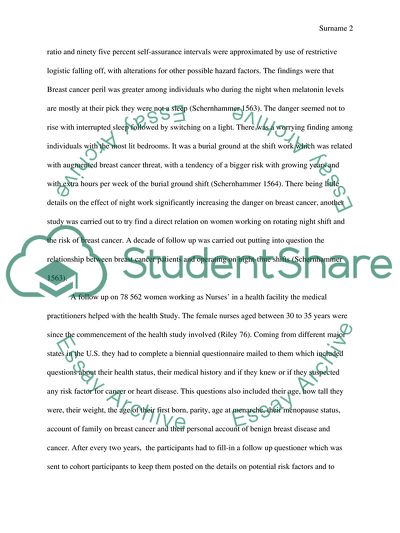Cite this document
(“Exposure to Light at Night increases the risk of Breast Cancer Article”, n.d.)
Exposure to Light at Night increases the risk of Breast Cancer Article. Retrieved from https://studentshare.org/health-sciences-medicine/1621457-epidemiology-article
Exposure to Light at Night increases the risk of Breast Cancer Article. Retrieved from https://studentshare.org/health-sciences-medicine/1621457-epidemiology-article
(Exposure to Light at Night Increases the Risk of Breast Cancer Article)
Exposure to Light at Night Increases the Risk of Breast Cancer Article. https://studentshare.org/health-sciences-medicine/1621457-epidemiology-article.
Exposure to Light at Night Increases the Risk of Breast Cancer Article. https://studentshare.org/health-sciences-medicine/1621457-epidemiology-article.
“Exposure to Light at Night Increases the Risk of Breast Cancer Article”, n.d. https://studentshare.org/health-sciences-medicine/1621457-epidemiology-article.


